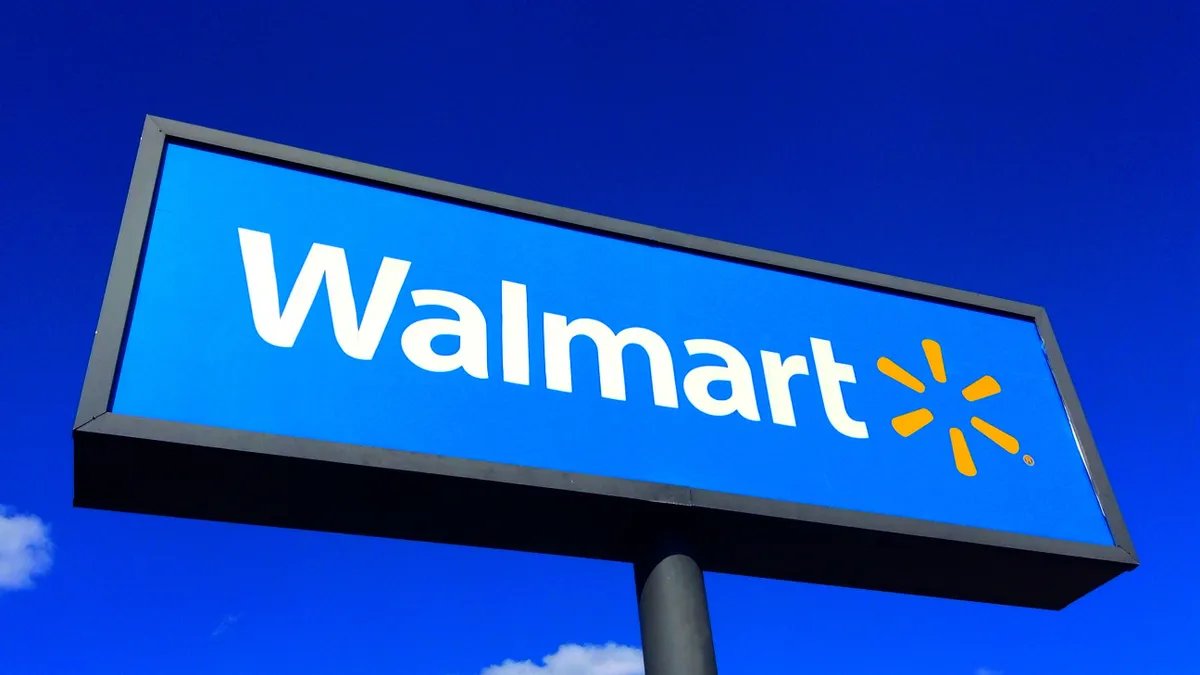Dive Brief:
- An unusually high level of daily package volume is continuing to plague UPS, Sourcing Journal reported last week. However, the company still intends to deliver the 750 million packages expected on time.
- FedEx is also working hard to remain within its projected delivery windows, Reuters reported. DHL plans to hire roughly 6,000 additional workers across its four business units in North America to support its contract logistics, fulfillment, freight transportation and express delivery operations in December.
- Industry observers forecast approximately $107.4 billion in holiday sales for online orders, making 2017 the first to reach $100 billion.
Dive Insight:
Advanced preparation and targeted price increases still weren't enough to see 3PLs through the busiest ever shipping season.
FedEx forecasted an unusually active peak season, as did UPS, which sought to forestall the usual height of peak season demand with increased prices. On the other end of the holiday shipping spectrum are those retailers offering slower shipping for a reduced price, though customer interest has been lukewarm at best.
Industry experts offer innumerable opinions about the backlog, citing everything from technology to an unstable retail environment.
"The problem with shipping (logistics) is that during the holidays their simply isn't enough capacity," Sam Cinquegrani, Founder and CEO of ObjectWave, a digital strategy and services firm told Supply Chain Dive.
"It is very expensive to put equipment into place for a short time, as the costs would outweigh the benefit. Therefore, a smarter distribution model is required, and new technologies, like drones, need to be developed to handle the demand, " he continued. "Logistics companies also need to rethink how they distribute packages, for example using consumers’ own mobility to get them their goods, along the lines of Amazon Locker technology. These are low cost solutions that can be incorporated into day-to-day operations relatively easily."
Sean Maharaj, Director at AArete, thinks a new industry model is the issue.
"In most cases, supply chains are relatively equipped to handle slight disruptions and/or unpredictability to the system," he told Supply Chain Dive. "However, more severe disruptions due to poor planning or lack of visibility can cause wreak havoc through a variety of elements. Today’s e-commerce growth coupled with retail turbulence make for a perfect storm on the shipping front. With record high levels of retail store closures and some retailer operations shifting entirely online, it really is no wonder that shipping companies cannot handle the unanticipated volume of orders coming their way this season."
Maharaj continued, "To put it into perspective, some retail chains have closed entirely and delegated all of their sales volume to online orders only. This means that all shipments coming from DCs are now prepped and ready for pick by UPS/FedEx, unless drop offs at hubs are used."
"Either way," he said, "retailers are expecting shipments to reach consumers in accordance with increasingly tight windows which can sometimes be very hard to meet (thanks to Amazon setting the bar so high), aside from other complicating and uncontrollable issues like weather. When that happens, you should see occurrences like what you’re seeing with everyday shipping companies like UPS and FedEx."
In other words, 3PLs can only handle so much unexpected demand.
"There is a natural throughput constraint built into the system and flexibility to address, but when you have permanent structural shifts like those we’re seeing in retail, the disruptions move from a minor blip to a form of chaos," Maharaj said. "The shipping system can work to recover that backlog, but by all estimates, this is likely to represent a new norm in terms of increased volumes due to increased consumer adoption of e-commerce, shorter delivery windows, and strategic moves by retailers like Walmart and others."














